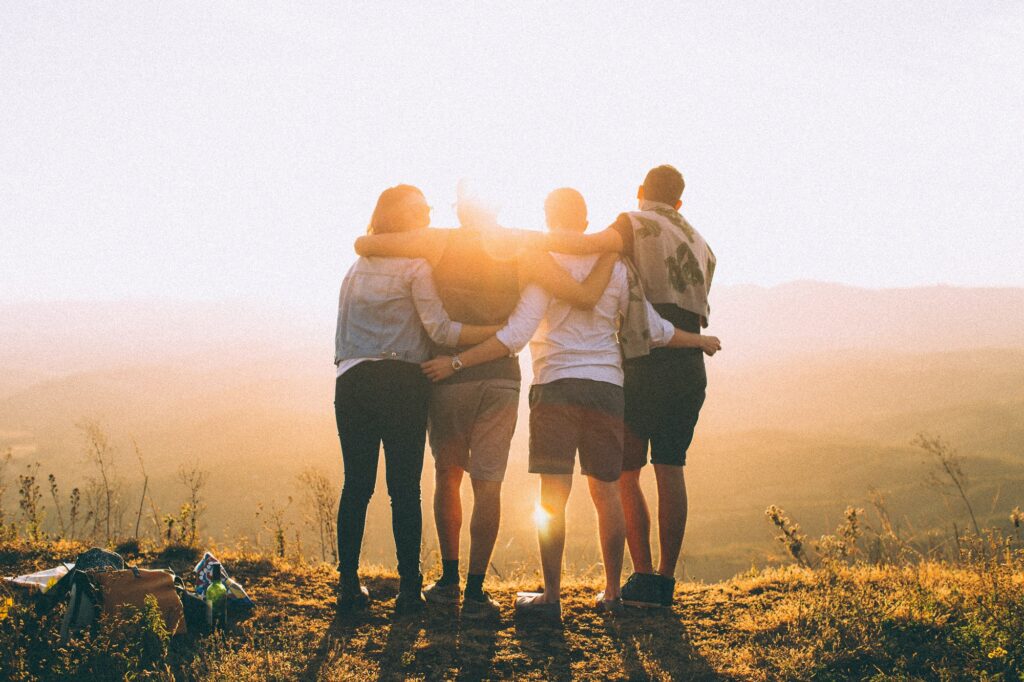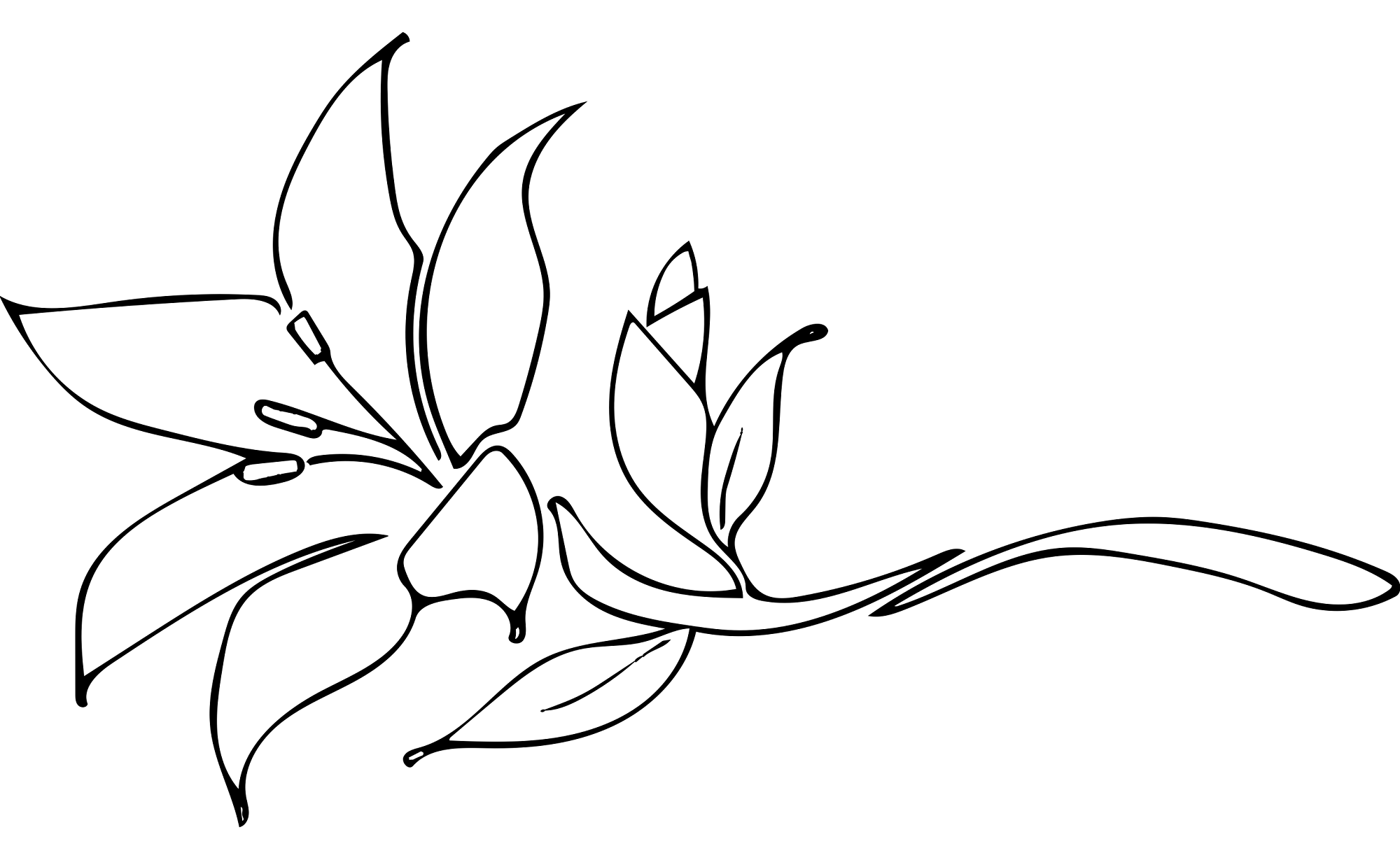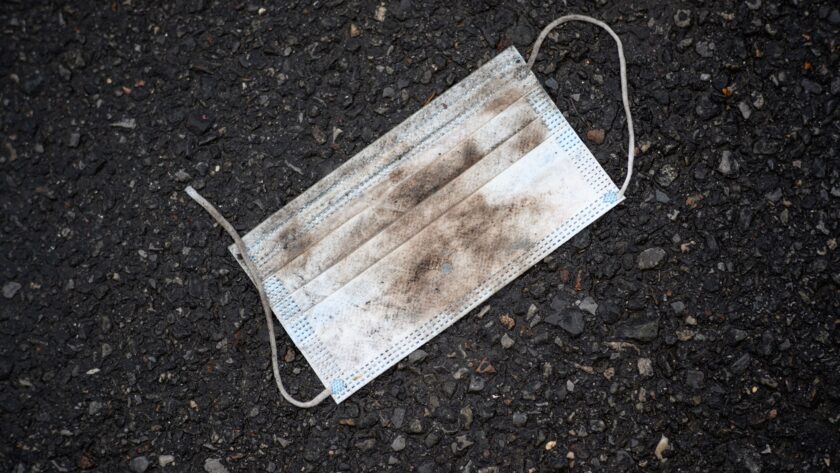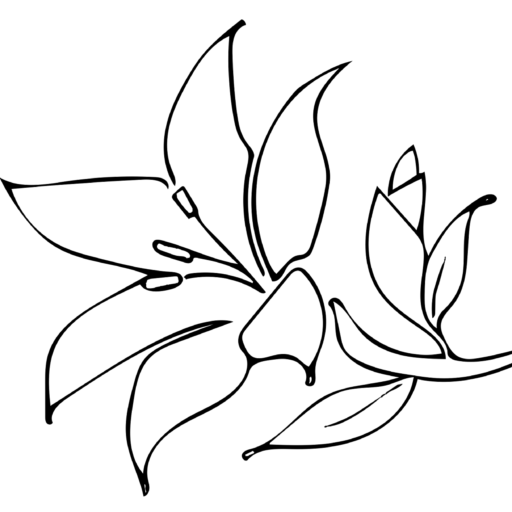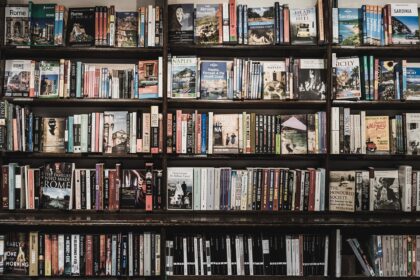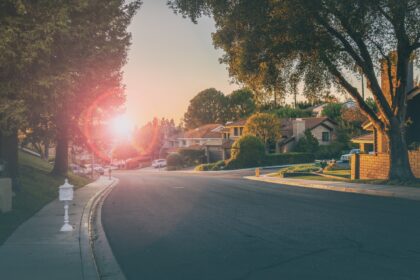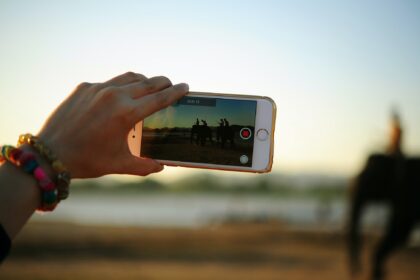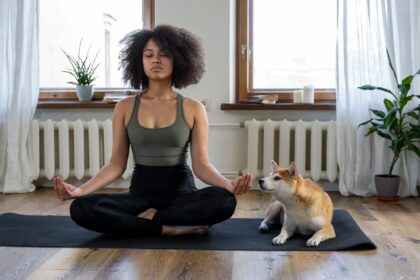Today concludes the first week without a mandatory mask requirement on campus. My friends called this past Monday “the second first day of class,” and the difference was obvious.
I walked into class feeling exuberant from not breathing through a filter. I didn’t immediately recognize some peers at first. Furthermore, I could focus easier during lecture. I never realized my dependence on wordlessly communicating, either when conversing, interacting with the course material, or reacting to something discussed. I could make any facial expression, but I knew others could see it this time. I felt free.
We need to acknowledge the social impacts that masks cause. According to recently developed research, masks deeply impact communication skills, as the “middle and lower face are noted to be very influential with regards to emotional recognition” and help communicate crucial emotions such as fear, surprise, and happiness. While we all survived these challenges during COVID, it opens the door to a new question. If physical masks undermine our basic needs and connections, what about the impact of invisible masks we wear?
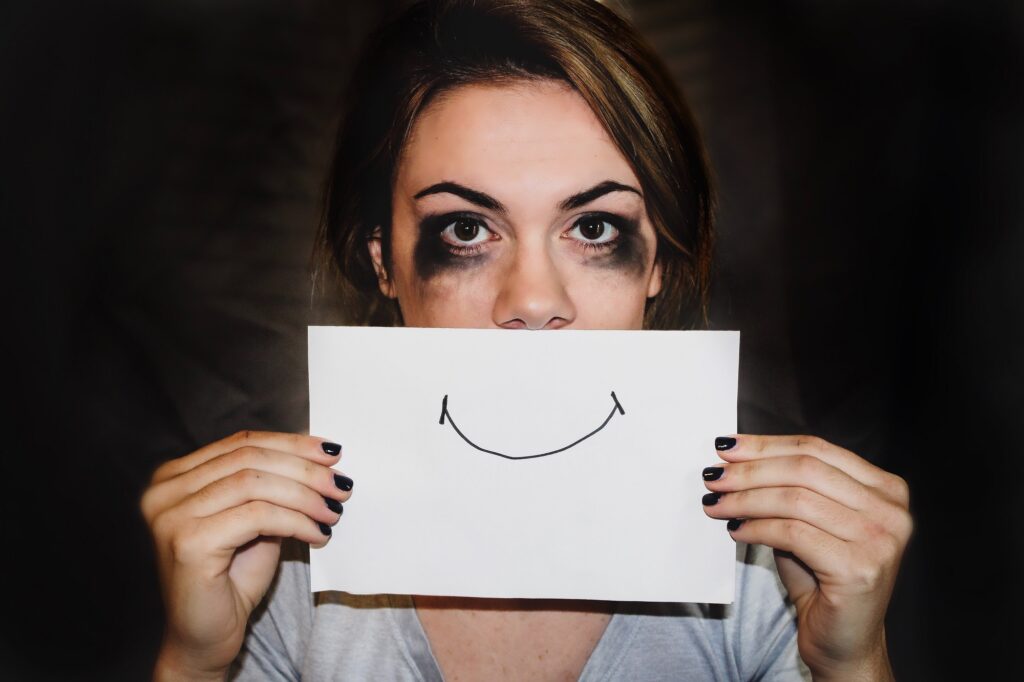
This question leads me to a famous poem my writing class analyzed in high school. Paul Laurence Dunbar’s poem “We Wear the Mask” covers a multitude of grievous descriptions of cultural division from an entirely different perspective.
We Wear the Mask
Paul Laurence Dunbar – 1872-1906
We wear the mask that grins and lies,
It hides our cheeks and shades our eyes, —
This debt we pay to human guile;
With torn and bleeding hearts we smile
And mouth with myriad subtleties,
Why should the world be over-wise,
In counting all our tears and sighs?
Nay, let them only see us, while
We wear the mask.
We smile, but oh great Christ, our cries
To thee from tortured souls arise.
We sing, but oh the clay is vile
Beneath our feet, and long the mile,
But let the world dream otherwise,
We wear the mask!
This poem was written over 100 years ago, yet it still relates to wearing a mask now. Everyone can relate to wearing an actual mask, but we also know how to socially mask ourselves and filter how we act.
In our social media and internet-saturated world, it is too easy to meet others on a screen instead of in-person, and COVID simply accelerated this transition. But social media is a type of mask. We hide what we feel, then filter it through “what others might think” or “what’s acceptable now.” Furthermore, receiving unaccepted reactions, such as low likes or snide comments on posts, can negatively affect our perceptions about ourselves.
One unhealthy effect is isolation, whether physically, socially, or mentally. A slow fear of being different appears in our minds and spins a web of “what if’s” and doubts. This controlled and airbrushed environment is, again, not real or natural.
This fear of acceptance ties back to where we attach our identity. Learning to recognize these resources as tools prevents them from determining our self-worth. Just like taking off a physical mask is rejuvenating, learn to build real relationships in person. The fruitful benefits of close friends grow us as a culture and removes us from stereotypical behavior.
Social media is not a bad thing, but don’t fall into the trap of reducing your life and past experiences into photos, followers, likes, videos, or captions. We are not algorithms or simply created to “fit in”. We all have differences, weaknesses, and preferences. Know what’s fake versus normal. The artificial mask doesn’t last, but the meaningful relationships do.
